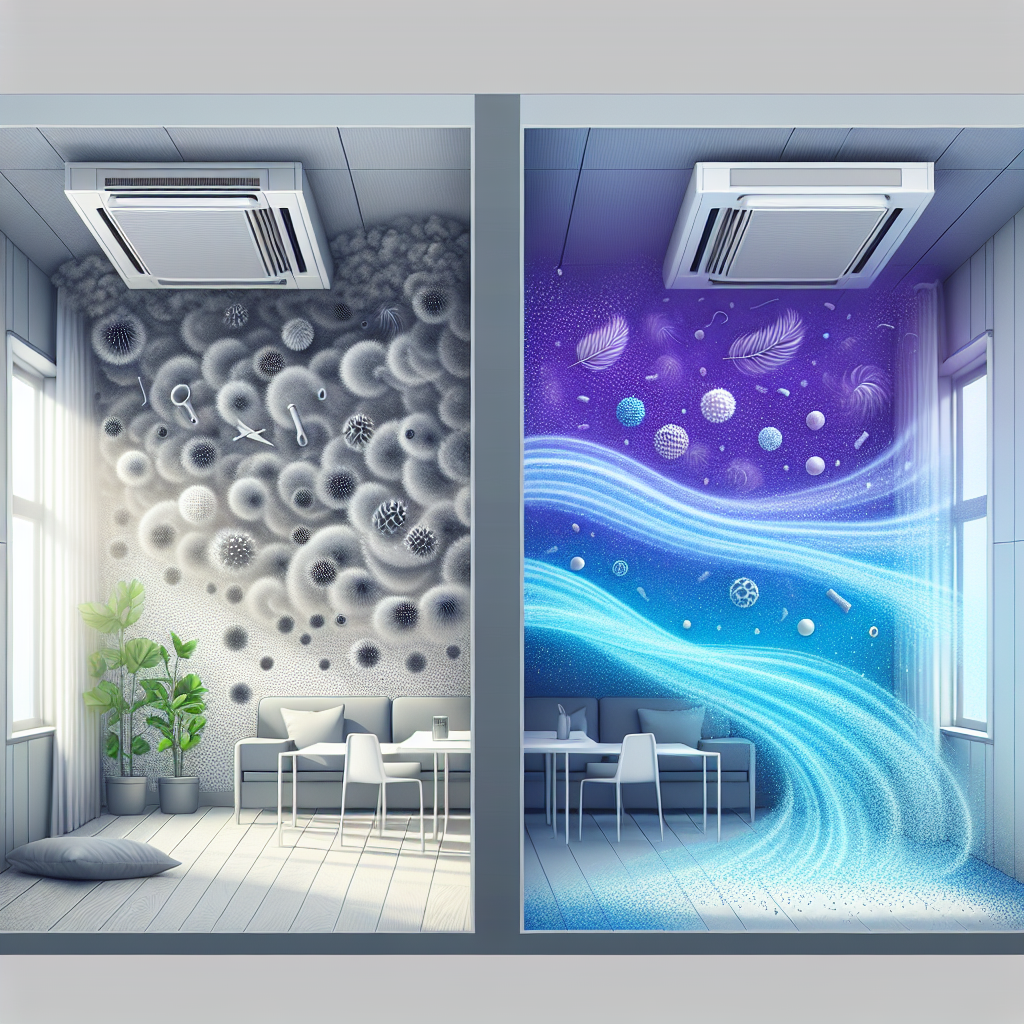Ventilation plays a crucial role in preventing the spread of airborne contaminants in indoor spaces. Whether it’s a home, office, school, or healthcare facility, proper ventilation is essential for maintaining a healthy and safe environment. In light of the ongoing COVID-19 pandemic, the importance of ventilation has become even more evident as respiratory viruses can easily spread through the air.
One of the main ways that ventilation helps prevent the spread of airborne contaminants is by diluting and removing indoor air pollutants. When outdoor air is brought into a building and circulated, it helps to reduce the concentration of contaminants such as viruses, bacteria, allergens, and pollutants. This is especially important in enclosed spaces where these contaminants can accumulate and pose a risk to occupants.
Proper ventilation also helps to control humidity levels, which can impact the growth of mold and bacteria. High humidity levels can create a breeding ground for these microorganisms, which can then be released into the air and cause respiratory issues. By maintaining optimal humidity levels through ventilation, the risk of airborne contaminants is reduced.
In addition to diluting and removing contaminants, ventilation also plays a role in controlling the direction of airflow. By strategically placing intake and exhaust vents, airflow can be directed in a way that prevents contaminated air from being recirculated within a space. This is particularly important in healthcare settings where airborne pathogens can easily spread from one patient to another.
Furthermore, proper ventilation can help to improve overall indoor air quality, which has a direct impact on the health and well-being of occupants. Poor indoor air quality has been linked to a variety of health issues, including respiratory problems, allergies, and even cardiovascular diseases. By ensuring adequate ventilation, these risks can be mitigated, creating a healthier and safer indoor environment.
In conclusion, ventilation plays a critical role in preventing the spread of airborne contaminants in indoor spaces. By diluting and removing pollutants, controlling humidity levels, and directing airflow, ventilation helps to create a healthy and safe environment for occupants. As we continue to navigate the challenges of the COVID-19 pandemic and other respiratory illnesses, maintaining proper ventilation should be a top priority for building owners and managers.


Leave a Reply